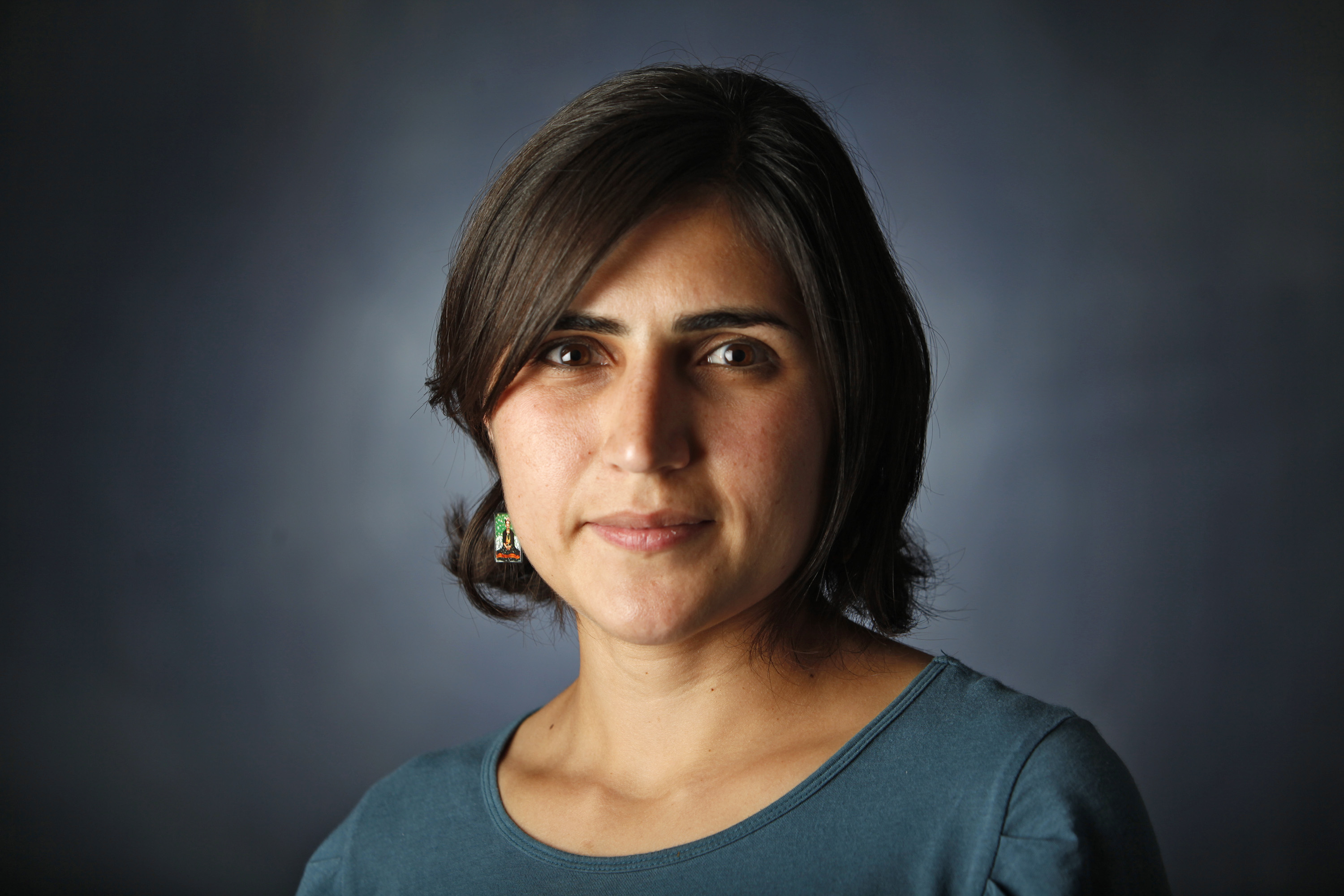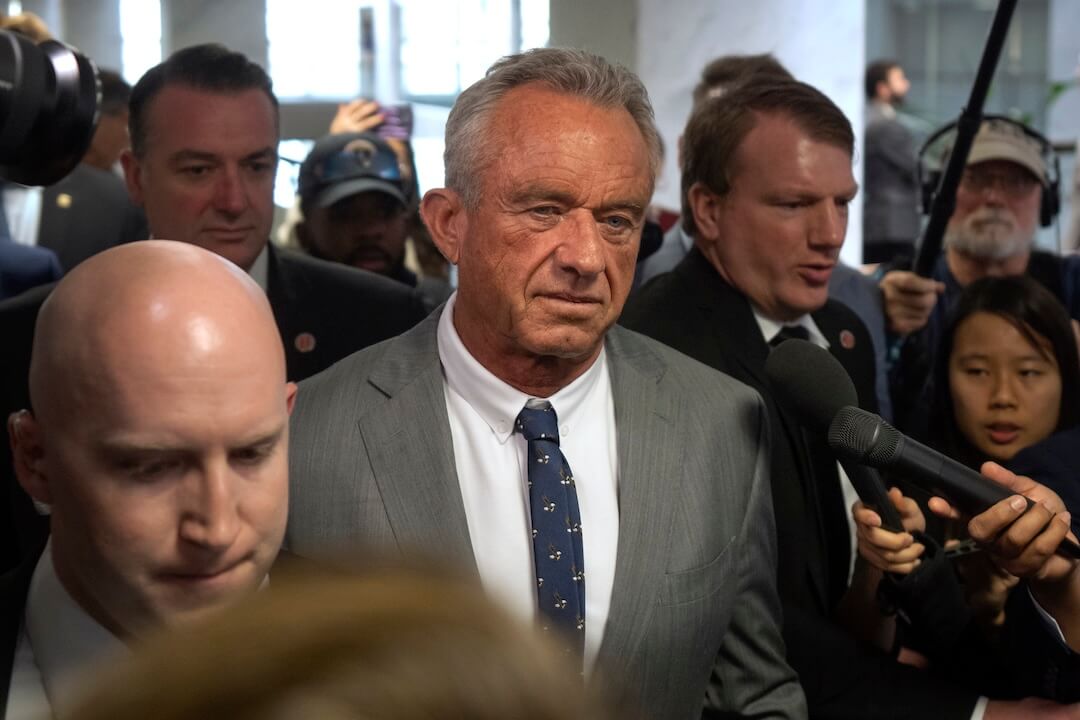Perla Trevizo moved to Texas from Juarez, Mexico, when she was 8. She grew up on the Texas-Mexico border. But she never considered covering immigration until she moved to another country and saw what was happening on another border. Trevizo, now a border reporter for the Arizona Daily Star, was living in Madrid, Spain, and getting her master’s degree in news agency journalism.
“I started to hear stories about Moroccan youth who migrated on their own to Spain, but once they turned 18 all of the protection they had as minors was gone,” Trevizo said.
It was the first time she reported on immigration, but since, she’s covered immigration in Latin America, Africa and the U.S. Her work includes stories on guest workers, deportation, border drug violence, siblings separated by immigration policies and more.
As part of Poynter’s look at Pulitzer Prize-winning work exposing social injustice, we’re examining what social justice reporting looks like today. In an election year like this one, reporters like Trevizo can help readers see past the routine headlines about immigration to glimpse the policies and people behind them. We asked Trevizo via email about her work and how the story of American immigration has fluctuated over the years.

Perla Trevizo, border reporter for the Daily Star. (Photo by Rick Wiley/Arizona Daily Star)
Has covering immigration changed since you first began? If so, how?
I’ve been doing this for about 10 years, so I don’t know if it has changed or if I simply notice it more. But as the topic continues to be politicized, there is more attention being paid than ever, with most of the major media outlets having reporters specifically covering the border or immigration.
There are so many beats that intersect with immigration — law enforcement and policy, culture, family, education, health, human rights, social justice — how do you manage those in your reporting?
It’s one of the few beats where you get to cover a little bit of everything, and that’s one of the things that I really enjoy about it. I am lucky to have grown up in a bicultural environment, so navigating the culture comes naturally, but it all comes down to putting in the time to research and learn about all these different topics and develop relationships with a variety of sources. I’m also a big believer in collaboration. If we can tell a better story together, why not partner with another in-house reporter or even another media outlet?
What other beats or reporters do you pay attention to or get inspiration from, past or present?
I don’t necessarily follow reporters, but I do pay attention to all the immigration coverage that’s out there. There’s a lot of great work being done across the country on immigration, the agencies charged with arresting and deporting people in the country illegally and the places where they are detained while their cases are determined. Foreign correspondents and international media also help shed light into the conditions in migrants’ home countries that help put in perspective what we are covering here.
What are the stories that aren’t getting told, or told widely, about immigration?
A lot of the immigration coverage is centered on illegal immigration and presented as a problem. I believe we should be exploring and writing more about other aspects of immigration as well. About 40 percent of the people here illegally overstayed a visa, but most of our attention is on the border. We also tend to only talk to immigrants in response to something that has happened or a comment someone has made, as opposed to incorporating their voices into our everyday reporting.
I would also like to see more stories that go past the superficial we-said/they-said, so our viewers, listeners and readers can get to know the people affected by immigration across the political spectrum. The border as a beat is also greatly centered on issues of immigration and the Border Patrol, but there are larger and more diverse stories in this region that can be covered.
Similar to past presidential campaigns, immigration has gotten a lot of attention from both parties, particularly with the rise of Donald Trump. How do your sources view the political sentiments around immigration?
There’s a lot of curiosity from the immigrants I talk to about whether Donald Trump can actually win and how, depending on their own perspective, he represents either an outlier or a confirmation of attitudes toward immigrants in the United States. With law enforcement sources, politics is normally not part of the discussion.
We’re looking back now at social justice reporting from the past and the impact it’s had. How do you think we’ll look back on the debate around immigration and the coverage of it in the future?
I believe we will find that in a sense they are the same stories repeating themselves. At one time it was the Irish or the Italians or the Germans as opposed to people from Latin America, it was a Catholic church being built instead of a mosque. The arguments of why we should or shouldn’t accept people from other cultures have been very similar throughout history. All we can do is report responsibly and allow people to see that immigration, like everything, is a nuanced issue.
Editor’s note: This Q-and-A has been edited for clarity.







